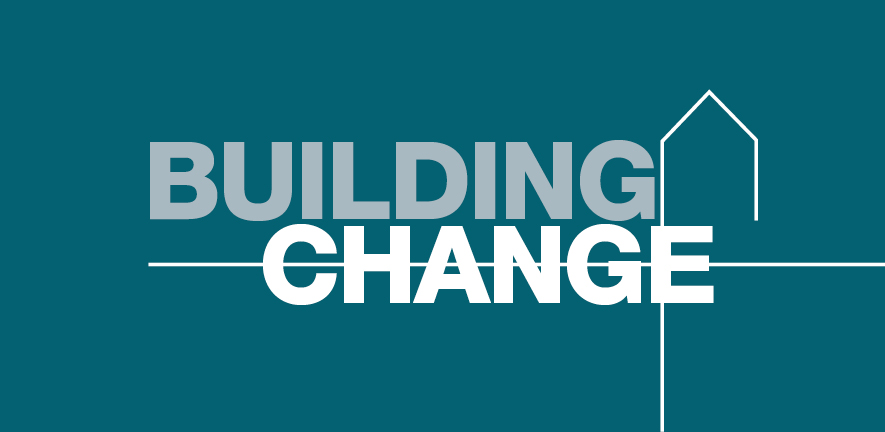
21 August 2023 - Lucy Bruzzone, Programme Director at CISL, provides reflections on Munish Datta's blog 'Sustainable real estate - a constellation of risks and opportunities', considers how and why stakeholders must adopt the recommendations presented in the blog and gives recommendations for further reading.
This month, Munish Datta provided insight into the landscape in the global north for sustainability in the built environment and the need for action, particularly by the investor community, to address the current unsustainable practices employed within the sector in the blog 'Sustainable real estate - a constellation of risks and opportunities'. In the blog, Munish explores the pressure that the economics of building and operating real estate is under in navigating the current challenging macroeconomic context and considers how the sector can turn the risks presented to it into opportunities. You can read the blog here.
The blog concludes that by incorporating sustainable practices into real estate projects, investors can unlock long-term financial benefits while simultaneously addressing the environmental and social challenges [in the context of] changing market demand and regulatory compliance.'
Below I summarise why all stakeholders in the value chain of built spaces must integrate sustainable practices into their decision making and what practical steps organisations can take to begin their journey:
- Reputation management and enhancement – Market trends are starting to show that customers consider sustainability, from energy performance to health, wellbeing, social and nature connectedness, as one of the key factors in purchasing decisions. Credible and well-communicated and executed sustainability practices can protect and enhance brand reputation throughout the value chain and in turn provide social value back to the communities those brand operate in.
- Profitability – as articulated by Munish, there are strong commercial drivers for more sustainable practices. Resource and energy optimisation offers cost saving across the lifespan of a building and this is set to increase as the scale of these practices grows. Furthermore, the income opportunities offered by enabling flexible, long-term use, and social attractiveness into real estate assets, remaining relevant and attractive to occupiers, is undeniable.
- Compliance and regulation – the regulatory landscape for the built environment has already seen an emerging shift towards sustainable practices, those who act now will reduce compliance challenges now and future-proof against future regulation.
So the next question is, what needs to be done to practically implement these factors? I would start with the below and have included links to how CISL has enabled this in practice.
- Setting a clear and collective vision to deliver positive outcomes for people, nature and climate within a commercial framework. Find out more about how CISL set its own vision for the Entopia Building.
- Collaborating radically within your organisation and sector, practice inclusive design, innovate your processes and business models and be open to educating yourself, learning from others and sharing your own expertise. Find out more about how CISL build its Network for impact.
- Leveraging technology in the planning, design, development and management of projects and to innovate products and propositions. Find out more about how CISL is supporting start-ups to disrupt current systems.
- Use future casting for decision-making and allowing flexibility. Model using science and practice to unlock system change. Find out more about how CISL is doing this in the aviation sector.
- Engaging beyond the project boundary and integrating the full value chain. It helps to understand the system, seek win-wins, advocate for stable long-term policy to support change and innovate processes. Find out more about how CISL convenes and educates stakeholders for systems change.
Additional CISL resources I recommend aligned with Munish’s six principles:
- Further reading on physical asset resilience and risk management: Climate risk reports, including the Resilient Cities and City Innovation Platform outputs from CISL’s insurance leadership group, ClimateWise.
- Further reading on circularity: ‘Embracing Circularity’ from the Materials and Products Taskforce
- Further reading on nature and the built environment: the ‘Decision Making in a Nature Positive World’ reports focus on nature based solutions for individuals sectors, including the built environment and linear infrastructure.
- Further reading on retrofitting: You can discover CISL’s own retrofitting case study by visiting the Entopia Hub.






